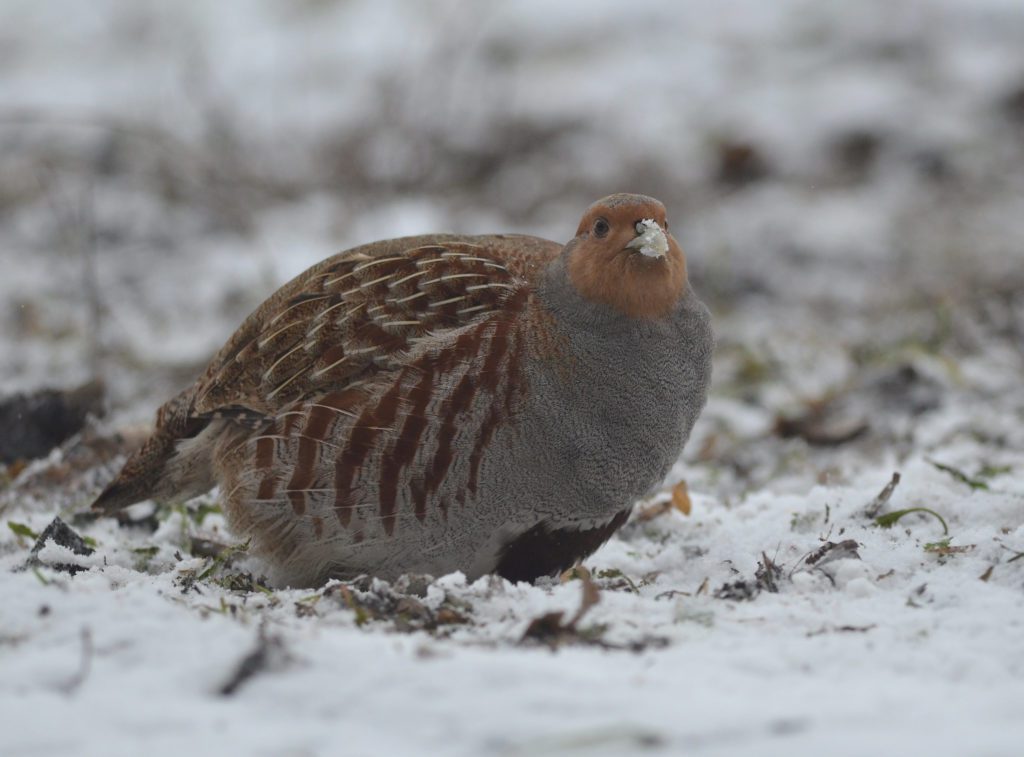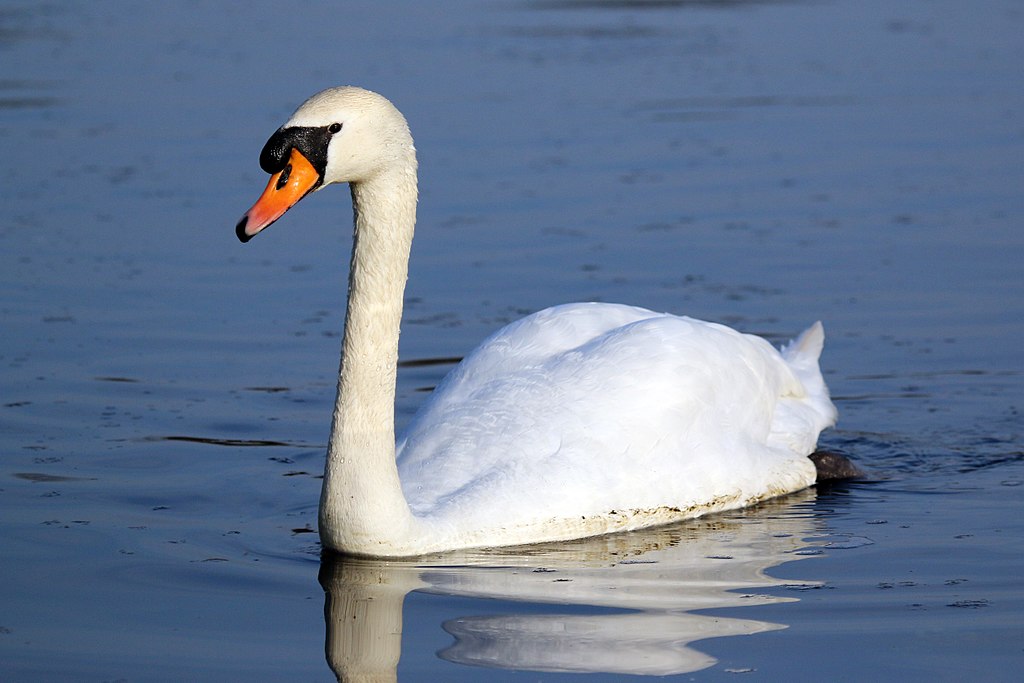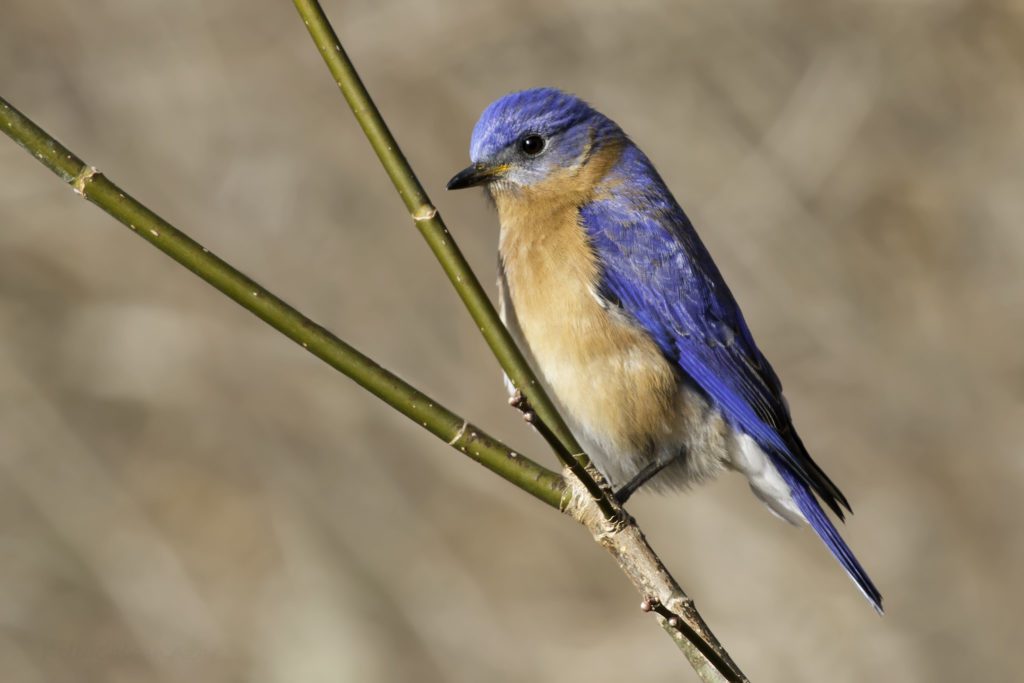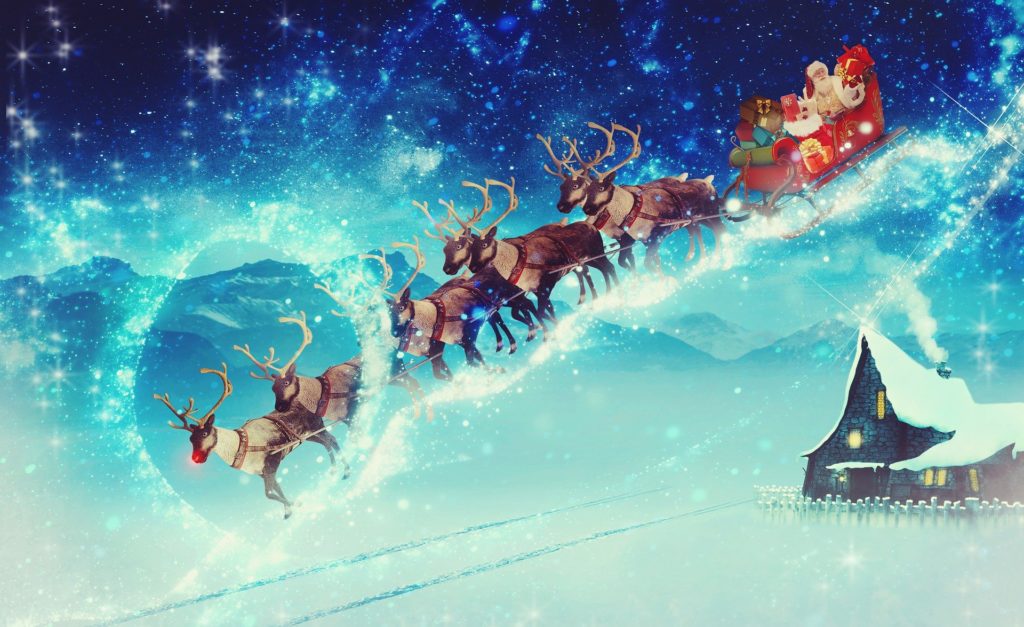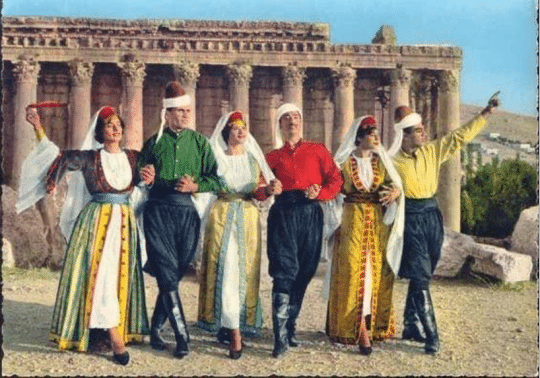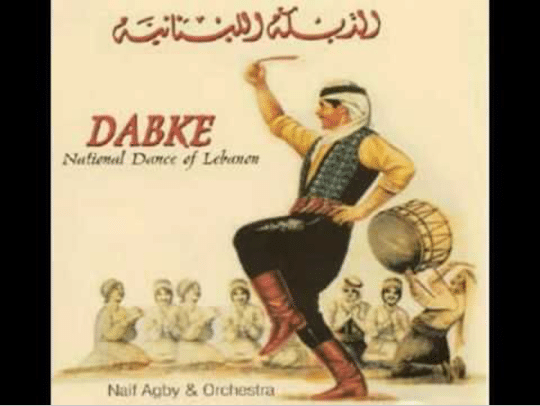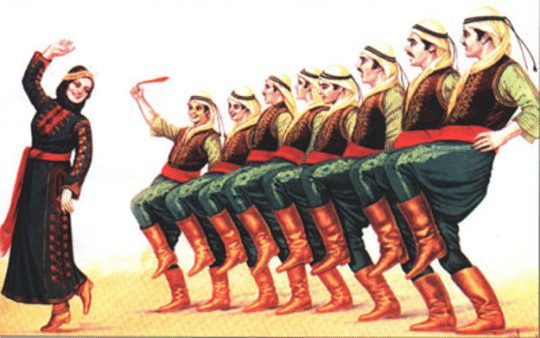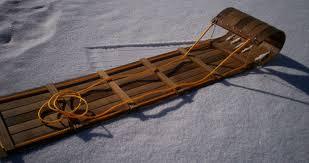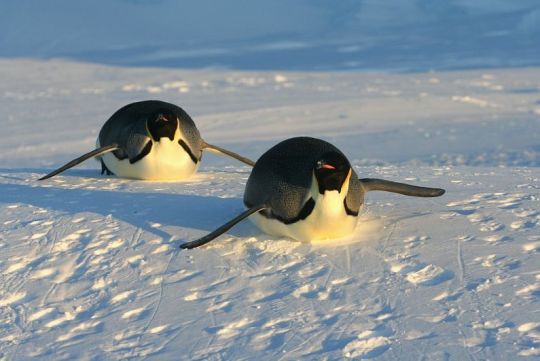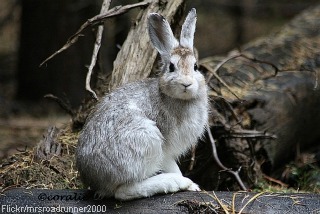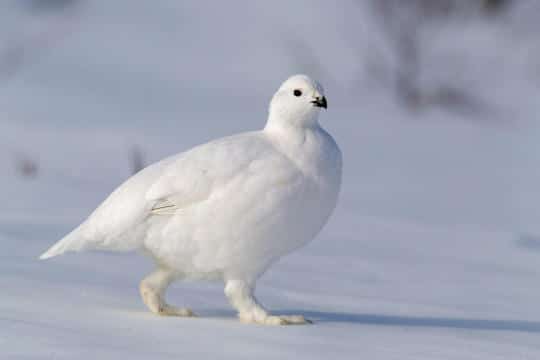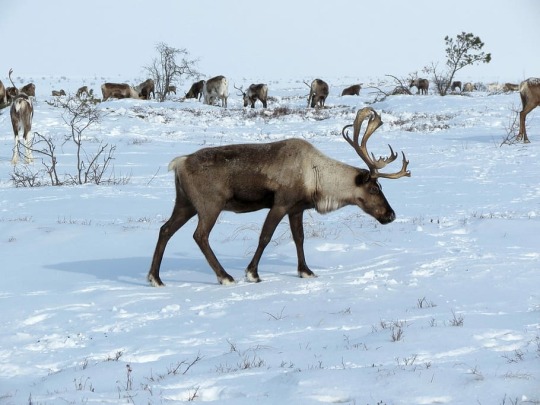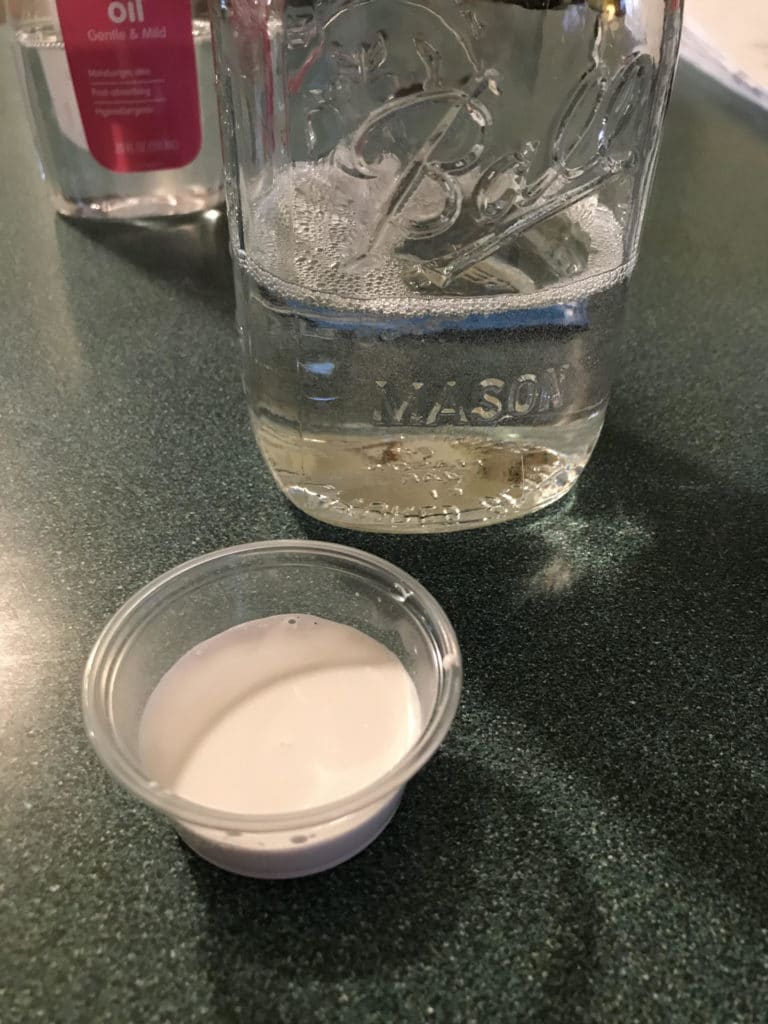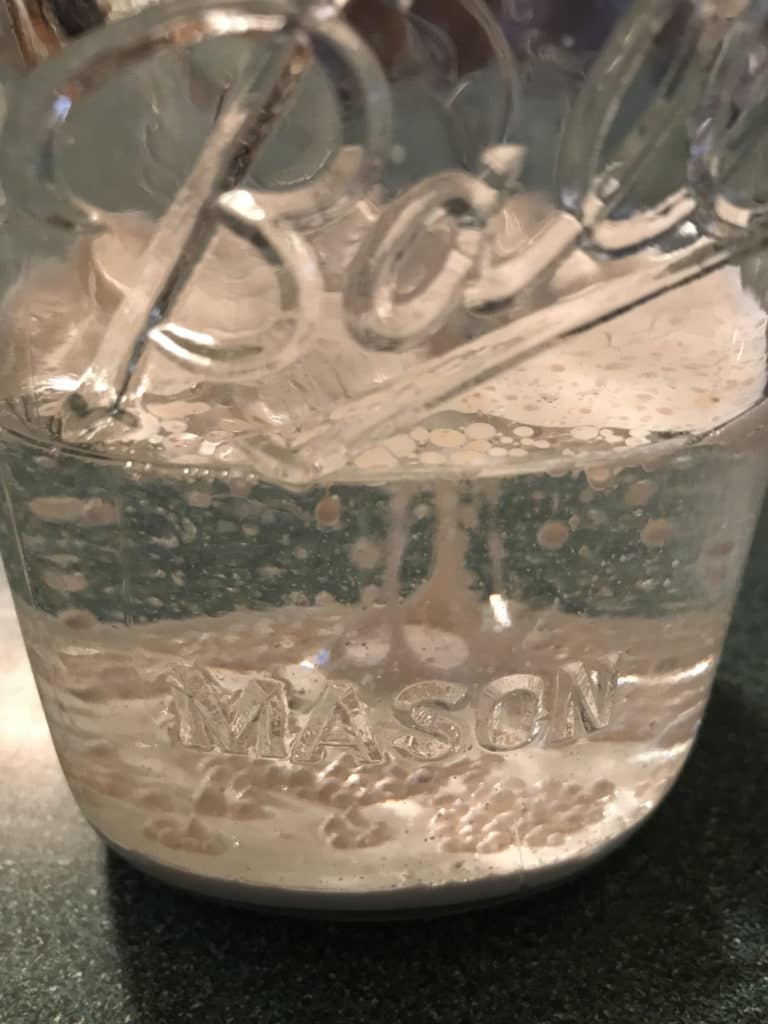by Nicholas Sauer
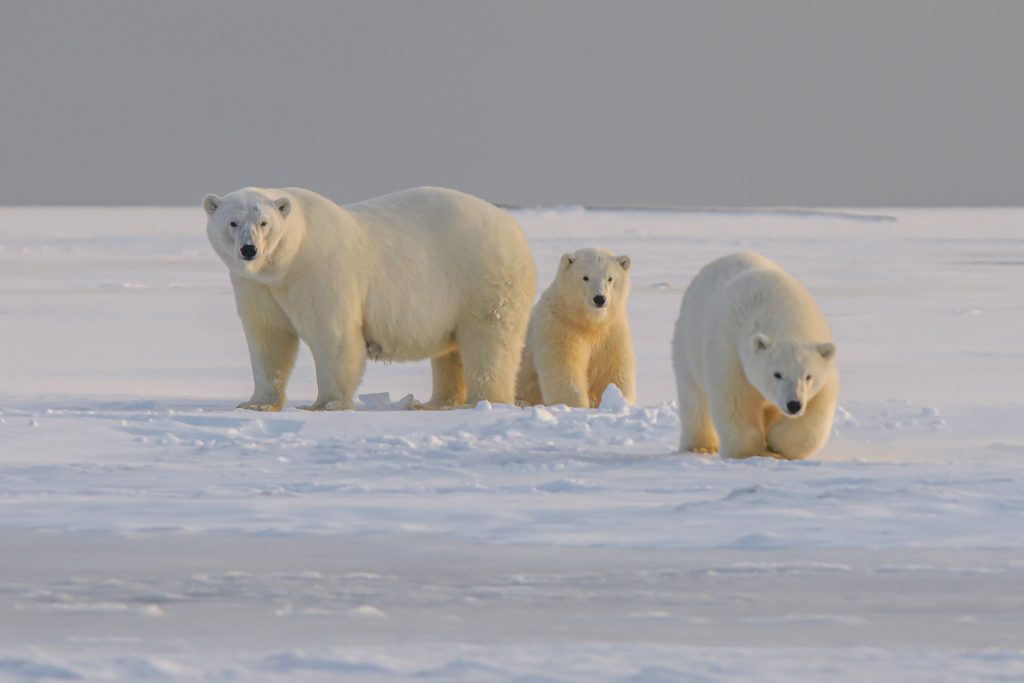
At this time of year, you’re apt see TV commercials in which cuddly and good-natured polar bears share delicious colas with one another in the spirit of the season. However, neither the mythology nor reality surrounding polar bears—nor bears in general—are quite so idyllic. Even their scientific names possess an element of menace and foreboding. Ursus arctos horribilis—the grizzly—speaks for itself. Ursus maritimus—the polar bear—hints that this predator is as much at home hunting its prey in water as it is on the Arctic ice. In fact, polar bears can swim for several days without stopping.
Throughout history these creatures have inspired fear in the heart of many a human. Members of the Lewis and Clark Expedition were shocked that none of their party were devoured by grizzlies in the Pacific Northwest. Some Renaissance cartographers labeled the mysterious Arctic realms: hic sunt ursi albi, or “here be white bears” (dragons are overrated anyway). Other Europeans of that era drew polar bears as if they were enormous white wolves with serpentine tails.
The stark whiteness of the polar bear fascinated Ishmael, the narrator of Herman Melville’s 1851 classic Moby Dick: “The irresponsible ferociousness of the creature stands invested in the fleece of celestial innocence and love; and hence, by bringing together two such opposite emotions in our minds, the Polar bear frightens us with so unnatural a contrast.” The white whale of the novel is terrifying in much same way—that such a beast should be the hue of angelic robes is overwhelming to Ishmael. Coincidently, try thinking of Moby Dick as a creature feature, and I bet you won’t find it as intimidating and esoteric a read (it worked for me).
Grizzly and polar bears have often been misinterpreted and sensationalized by their human neighbors. However, the scientific community in recent decades has begun to regard these two species of bear as complex and vulnerable creatures of great power. Indigenous populations in North America have long understood this. Specifically, the Inuit revere the polar bear for its human-like traits. For instance, both species hunt with patience and intelligence, are capable of play, and demonstrate maternal devotion to cubs.
Climate Change and Pizzly Bears
Regrettably, climate change is rapidly altering the Arctic ecosystem, putting the polar bears’ long-term future in jeopardy. Polar bears have a highly specialized diet, consisting mainly of seals. Sea ice has long provided the bears with a seal hunting platform, and its late formation and early melt creates progressively more difficult conditions for these bears to hunt their favorite blubbery menu item. Diminished ice cover has forced them to search out other food sources including garbage left behind by humans. In their quest for food, polar bears have come into increased contact with Inuit communities, sometimes resulting in human fatalities. In addition to these confrontations, polar bears are increasingly crossing paths with grizzly bears within the expanding overlap of each species’ geographic range. Polar bears and grizzlies are not so genetically distant from each other to preclude hybridization, and in 2006 the scientific community found that the bears do breed together in the wild. Their shared progeny are known as pizzlies, or grolar bears (which name do you like better?).
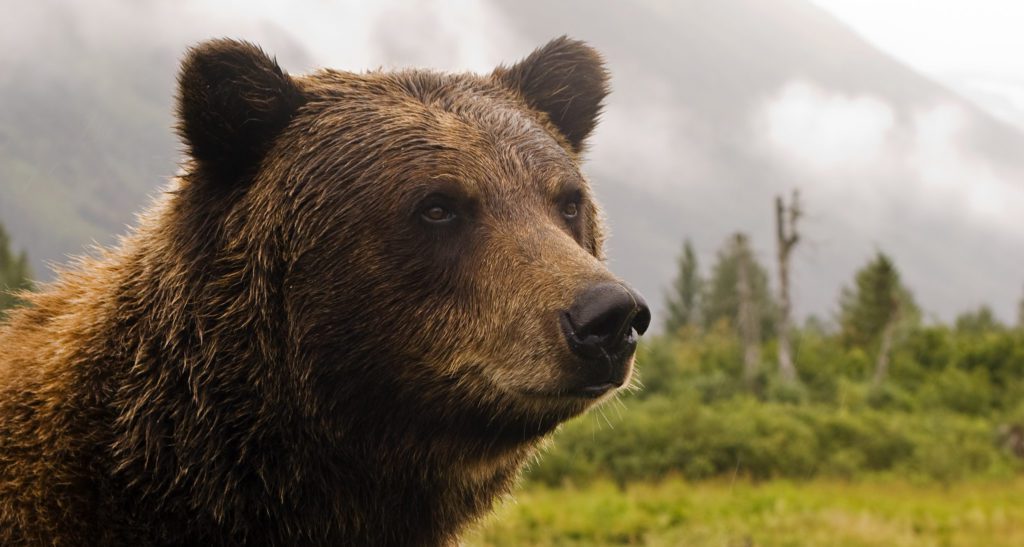
Grizzly bears dominate the territory that they share with polar bears because they are better adapted to the varied climate, terrain, and available food sources. Unlike polar bears, grizzlies follow an opportunistic diet that includes plant tubers and carrion in addition to live prey. Paleontologist Larisa DeSantis of Vanderbilt University posits that the hybrid pizzlies may possess modified skulls and teeth that could plausibly allow them to adopt the indiscriminate feeding habits of the grizzly bear. However, DeSantis points out that the hybrid bears also lose some of the abilities of their parents; for example, pizzlies are not as adept at swimming as their polar bear forbears.
The twin fear among scientists is that 1) the number of polar bears will dwindle, and 2) hybridization will increase to such an extreme that polar bears will be one day be subsumed into the general grizzly population. The polar bear may face extinction over the next century if nothing is done to conserve the species. Much remains to be discovered about the hybridization of polar bears and grizzlies. What we do know for sure is that pizzlies are a product of profound environmental instability and crisis. Polar bears may star in heartwarming commercials during the holidays—but these creatures and their ecosystem are in grave danger of a different kind of warming, one associated with climate change.
Nicholas Sauer is a Gallery Experience Presenter in CMNH’s Life Long Learning Department. Museum staff, volunteers, and interns are encouraged to blog about their unique experiences and knowledge gained from working at the museum.
References
“Bears on the Lewis and Clark Expedition.” America’s Library. Accessed 29 Sept. 2021. <http://www.americaslibrary.gov/aa/lewisandclark/aa_lewisandclark_bears_2.html>.
Casselman, Anne. “Longest Polar Bear Swim Recorded—426 Miles Straight.” National Geographic. 22 July 2011. <https://www.nationalgeographic.com/science/article/110720- polar-bears-global-warming-sea-ice-science-environment>.
Cockburn, Harry. “Climate crisis pushing polar bears to mate with grizzlies, producing hybrid ‘pizzly’ bears.” The Independent. 15 April 2021. <https://www.independent.co.uk/climate-change/news/pizzly-bear-polar-grizzly-hybrid-b1831847.html>.
Engelhard, Michael. “How Polar Bears Became the Dragons of the North.” Smithsonian Magazine. 31 May 2017. <https://www.smithsonianmag.com/science-nature/polar-bears- dragons-of-the-north-180963502/>.
Melville, Herman. Moby-Dick; or The Whale. 1851. Project Gutenberg. Accessed 29 Sept. 2021. <https://www.gutenberg.org/files/2701/2701-h/2701-h.htm#link2HCH0042>.
“Polar Bear Figurine.” Bristol’s Free Museums and Historic Houses. Accessed 29 Sept. 2021. <https://museums.bristol.gov.uk/narratives.php?irn=11245>.
Strong, Walter. “It’s no surprise for Inuit — Baffin Bay polar bears defy past assumptions with stable population.” CBC. 3 March 2020. <https://www.cbc.ca/news/canada/north/baffin-bay-polar-bears-nunavut-1.5472492>.
Tien, Caroline. “Polar Bear-Grizzly Bear Hybrids Likely to Become More Common Thanks to Climate Change.” Newsweek. 29 April 2021. <https://www.newsweek.com/polar-bear-grizzly-bear-hybrids-likely-become-more-common-thanks-climate-change-1587568>.
Related Content
Waddling in a Winter Wonderland: How Penguins, Humans, and Other Animals Traverse Ice and Snow
Pittsburgh’s Moths Reflect Human Impact of Industry
Carnegie Museum of Natural History Blog Citation Information
Blog author: Sauer, NicholasPublication date: December 15, 2021
